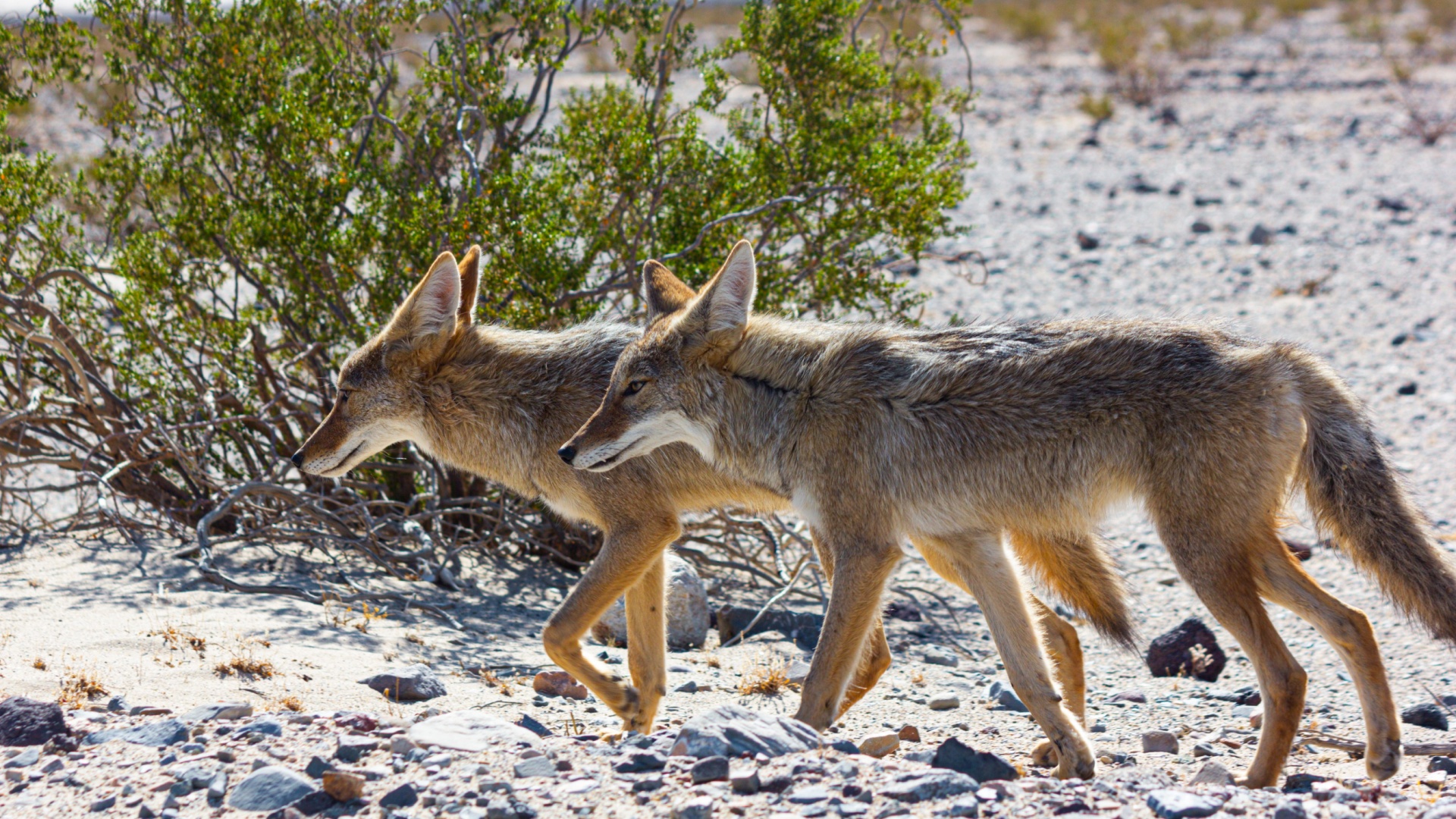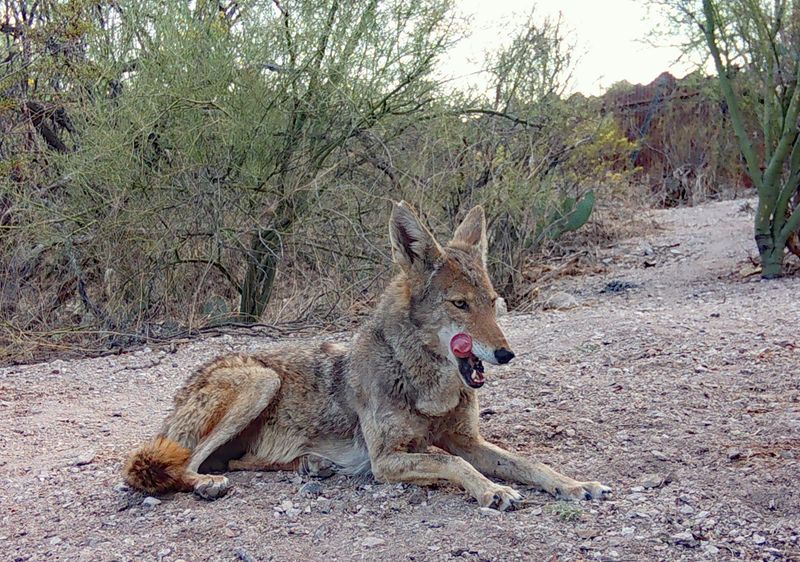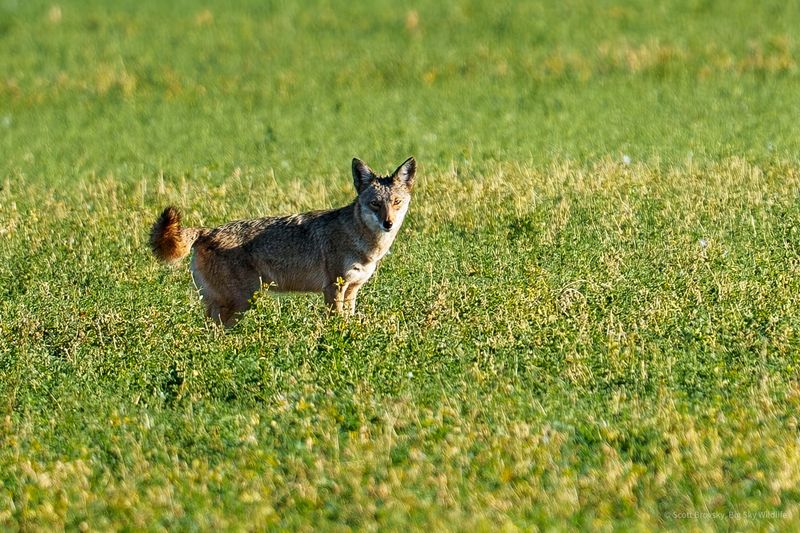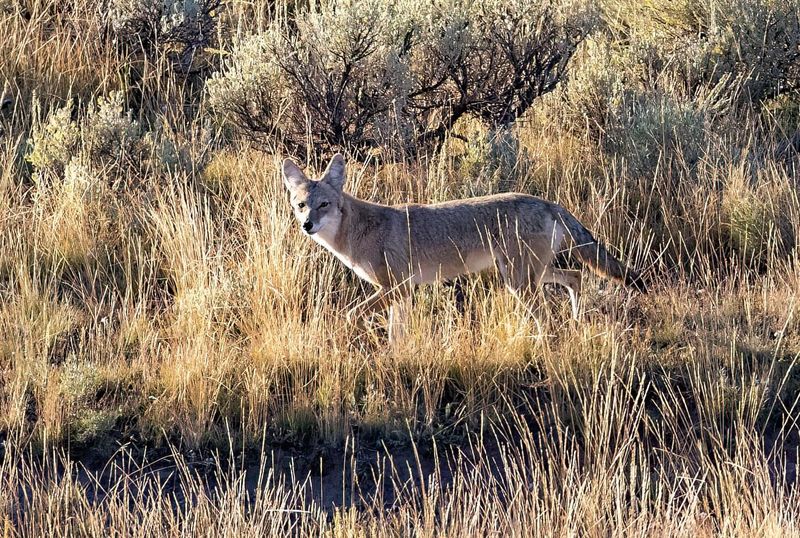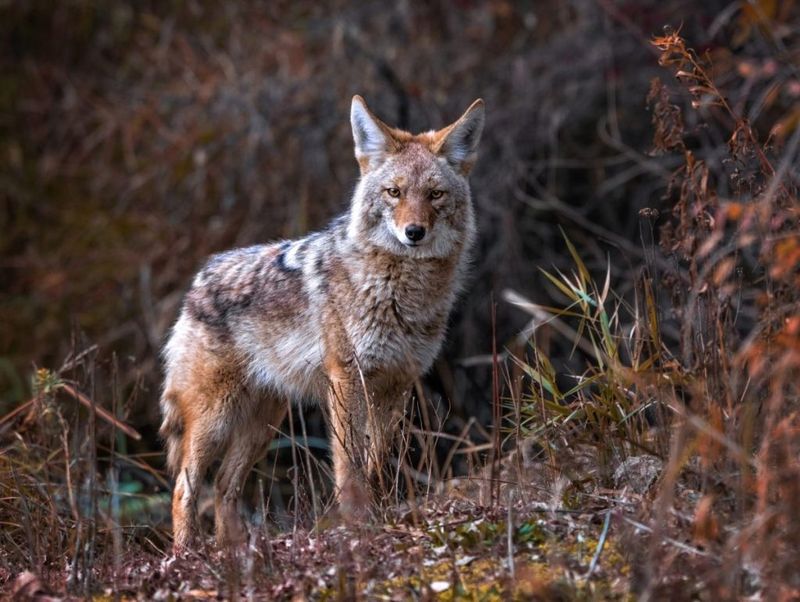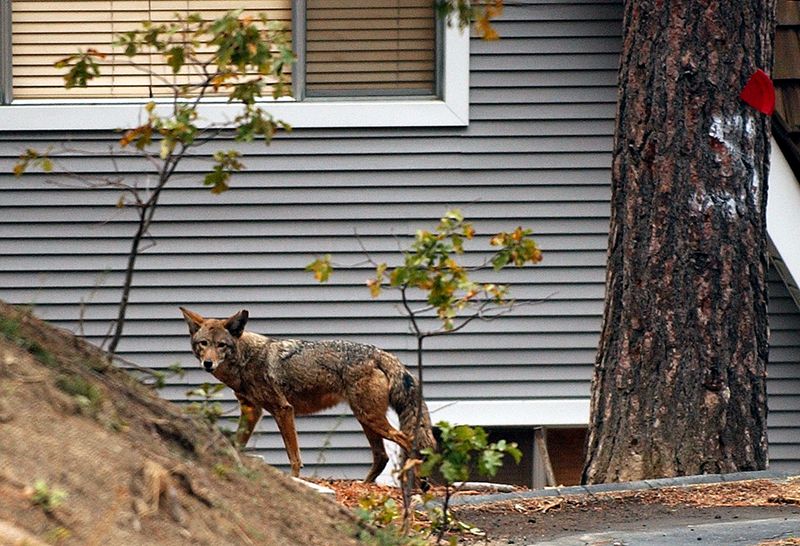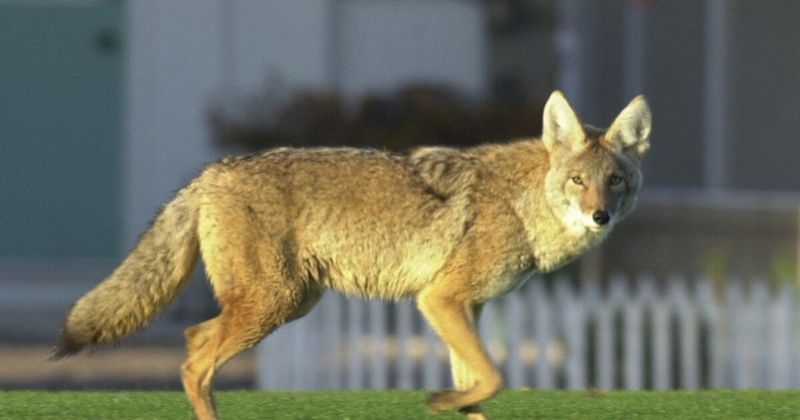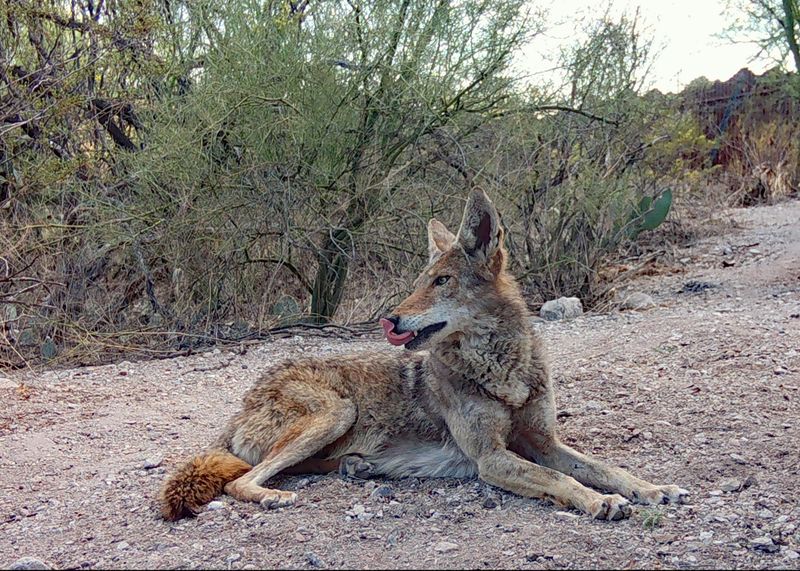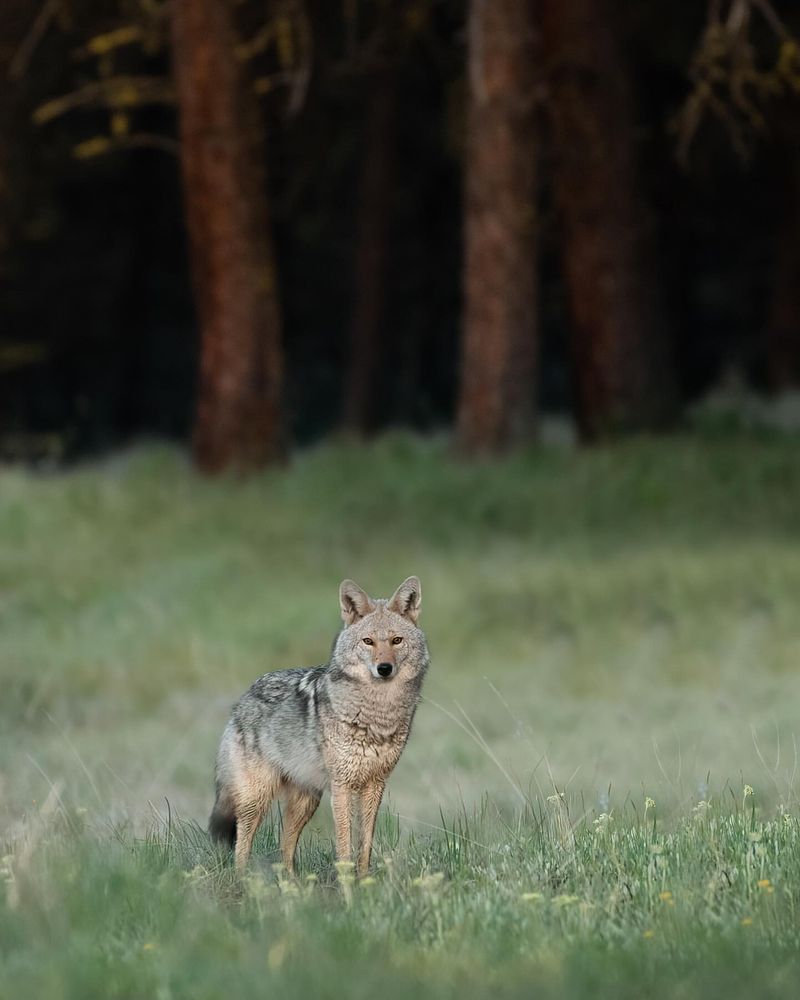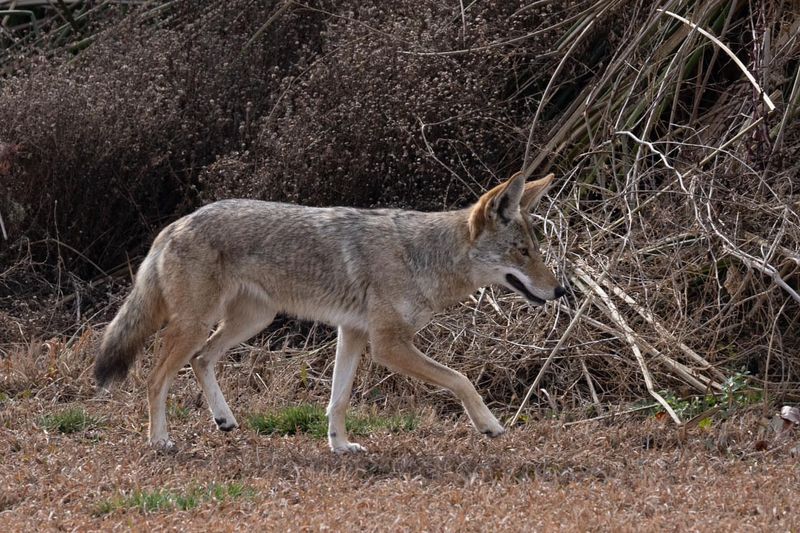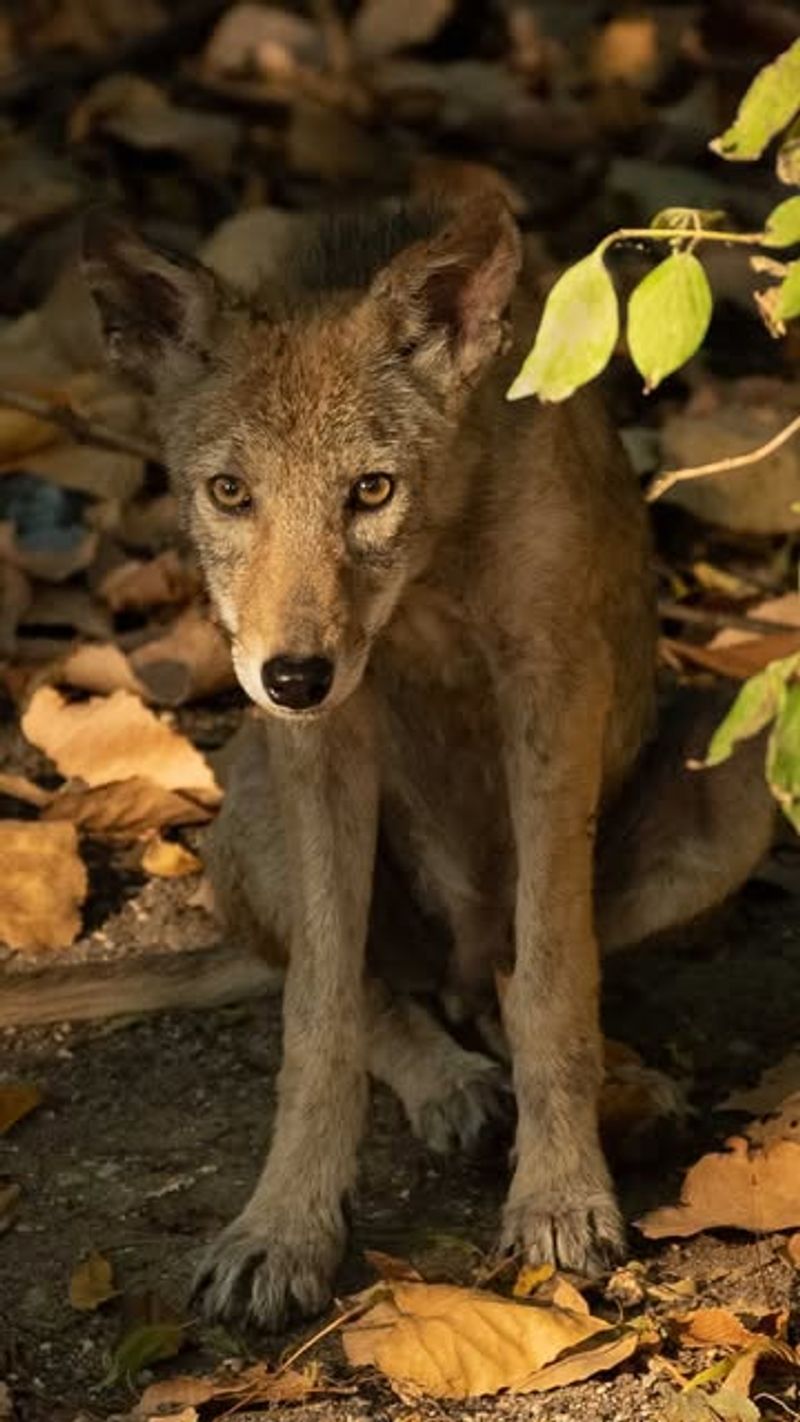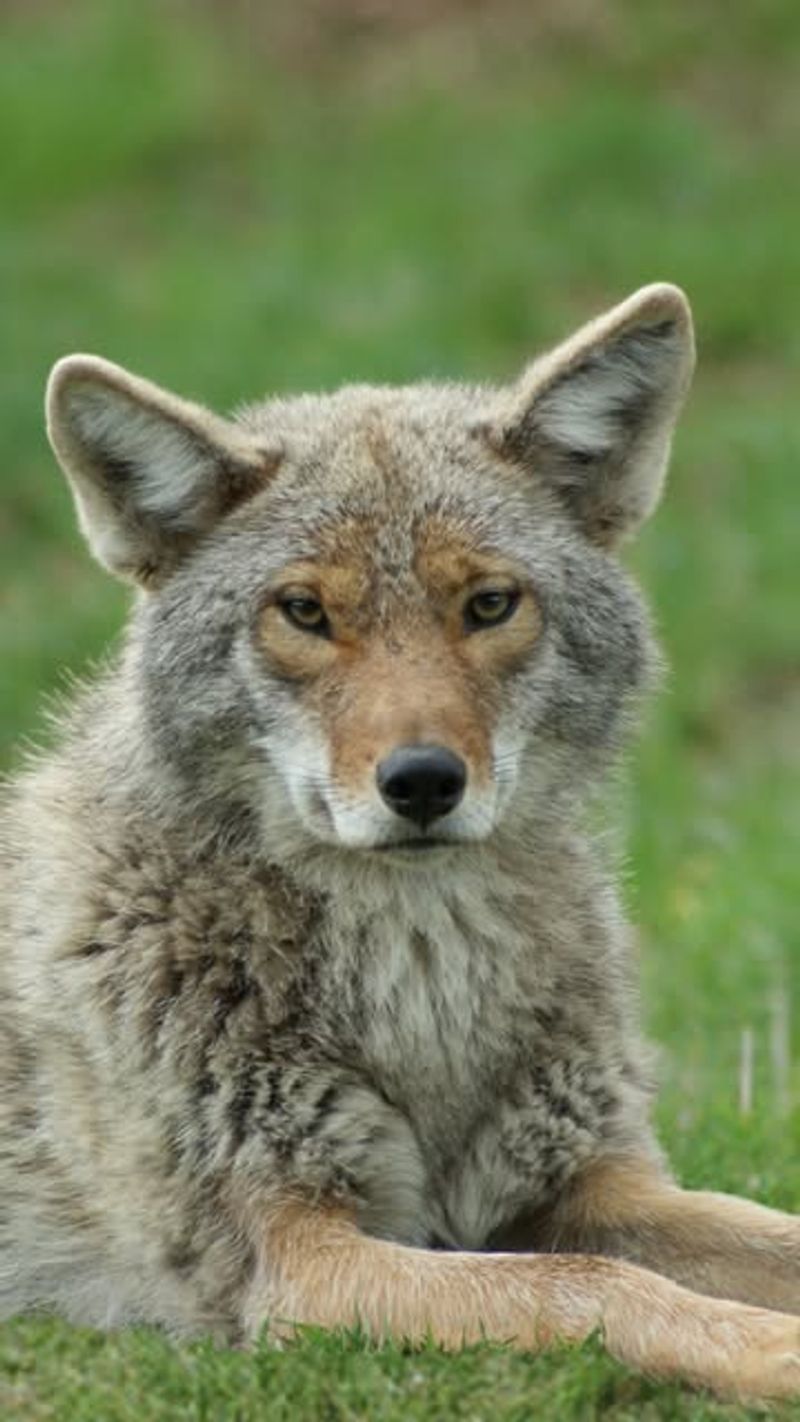Coyotes are no strangers to Arizona neighborhoods, especially near open desert or wooded areas. Spotting one in your yard can be alarming—but how you react matters. The right actions can keep your family, pets, and the animal safe.
The wrong ones? They could make the problem worse. Knowing what to do—and what to avoid—can make all the difference.
1. Stay Calm And Keep Your Distance
Spotting a coyote can be startling, but panic makes the situation worse. These wild canines typically fear humans and prefer to avoid close contact. Maintain at least 50 feet of distance between yourself and the animal.
If you’re outside when you notice the coyote, slowly back away while facing the animal—sudden movements might trigger a chase response.
2. Make Yourself Look Bigger
Wild animals assess threats partly by size. Raise your arms above your head, wave them slowly, or hold your jacket open wide to appear larger and more intimidating. Stand tall with good posture rather than crouching or bending down.
Many Arizona homeowners keep a large umbrella by the door specifically for this purpose—pop it open to instantly increase your apparent size.
3. Make Loud Noises
Coyotes startle easily when confronted with unexpected sounds. Clap your hands forcefully, shout in a deep voice, or bang pots together to scare them off. Many Arizona residents keep a whistle or air horn handy for wildlife encounters.
The key is being persistent—continue making noise until the coyote leaves completely. Remember that a coyote that doesn’t respond to noise may be sick or habituated to humans.
4. Remove All Food Sources
Coyotes visit yards primarily looking for meals. Pet food, fallen fruit, unsecured garbage, and even bird feeders (which attract rodents) can lure them to your property. Store trash in wildlife-proof containers with secure lids.
Feed pets indoors or remove uneaten food immediately after outdoor feeding. Pick up fallen fruit from trees, especially during Arizona’s citrus season when dropped oranges and grapefruits become wildlife magnets.
5. Keep Pets Inside Or Supervised
Small pets can look like prey to hungry coyotes. Cats and small dogs are particularly vulnerable, especially during early morning and evening hours when coyotes are most active. If you must let pets outside, stay with them.
Consider installing coyote rollers on fencing—cylindrical devices that prevent coyotes from getting the foothold needed to climb over. For nighttime bathroom breaks, use a leash and carry a flashlight to scan the yard first.
6. Install Motion-Activated Deterrents
Technology can help keep coyotes away without constant vigilance. Motion-activated sprinklers deliver startling bursts of water when triggered by movement, teaching coyotes your yard isn’t safe territory. Solar-powered flashing lights that activate at night can also deter nighttime visitors.
These devices work particularly well in Arizona’s sunny climate where solar options perform reliably. Some residents also install ultrasonic repellers that emit high-frequency sounds unpleasant to coyotes but inaudible to humans.
7. Secure Your Perimeter
Coyotes can jump fences up to 6 feet tall and squeeze through small gaps. Inspect your yard’s boundary for potential entry points and reinforce vulnerable areas. Add height extensions to existing fences or install a coyote roller system along the top.
Bury fence material at least 12 inches underground to prevent digging. In desert landscaped Arizona yards, regularly check for erosion spots or animal-made tunnels that might create new access points.
8. Report Aggressive Behavior
Most coyotes avoid confrontation, but animals showing unusual boldness need attention. Contact Arizona Game and Fish Department if you encounter a coyote that approaches people, shows aggressive behavior, or appears sick or injured.
Take note of specific behaviors, location, time of day, and whether the coyote appeared healthy. Reporting helps wildlife officials track problem animals and potential rabies cases. Keep the department’s wildlife hotline number (623-236-7201) saved in your phone.
9. Practice Hazing Techniques
Hazing teaches coyotes to fear and avoid humans. Beyond noise, try throwing small objects near (not at) the coyote, spraying it with a hose, or using a shake can (coins in an empty soda can). The goal isn’t to harm but to create an unpleasant experience.
For particularly stubborn coyotes, commercial deterrent sprays containing citronella or capsaicin can be effective. Arizona wildlife experts recommend consistent hazing by all neighborhood residents to reinforce the message.
10. Educate Neighbors About Coyote Management
Coyotes don’t recognize property lines—neighborhood-wide efforts are most effective. Share information about attractant removal and hazing techniques with neighbors to create a consistent approach. Consider organizing a community meeting with a wildlife expert from Arizona Game and Fish.
Many HOAs in Arizona now develop formal coyote management plans that include reporting protocols and educational resources. A unified neighborhood response helps prevent coyotes from simply moving from one friendly yard to another.
11. Modify Your Landscaping
Dense vegetation provides hiding places for coyotes. Trim bushes so the ground beneath is visible and remove brush piles where animals might den. Create open sightlines across your property, especially near play areas and pet runs.
In Arizona xeriscaping, opt for plants that maintain visibility—like barrel cacti or well-spaced agaves—rather than dense, low-growing shrubs. Avoid creating corridors of thick vegetation that connect to natural areas.
12. Install Proper Outdoor Lighting
Coyotes prefer to move under cover of darkness. Motion-activated flood lights can startle them and make your yard less appealing for nighttime hunting. Position lights to eliminate shadows where animals might hide.
Solar pathway lights work well in Arizona’s sunny climate and help illuminate potential coyote entry points. Remember that consistent lighting works better than sporadic illumination—coyotes can learn to navigate around predictable light patterns.
13. DON’T Run Away
Running triggers a coyote’s chase instinct—they’re hardwired to pursue fleeing animals. Even though humans can outrun coyotes in a sprint, running makes you look like prey. Instead, stand your ground while implementing other deterrent techniques like noise and appearing larger.
Teach children this important safety rule as well. Many coyote encounters in Arizona escalate because people panic and run, which can transform a curious coyote into a pursuing one.
14. DON’T Feed Coyotes
Intentionally feeding coyotes is dangerous and illegal in many Arizona municipalities. Coyotes that associate humans with food lose their natural wariness and become bold, potentially aggressive. Even indirect feeding—like leaving pet food outside or having accessible compost—teaches coyotes your yard is a food source.
A fed coyote becomes a dead coyote, as wildlife officials often must remove animals that become too comfortable around humans.
15. DON’T Try To Trap Or Kill Coyotes Yourself
Amateur trapping or shooting attempts often violate local ordinances and can be dangerous. In Arizona’s urban and suburban areas, discharging firearms is typically illegal and poses serious safety risks. DIY trapping usually results in injured animals or accidental captures of pets or protected wildlife.
If a coyote poses a genuine threat, contact professional wildlife removal services or Arizona Game and Fish Department. They have the proper training and permits to handle wildlife safely and humanely.

